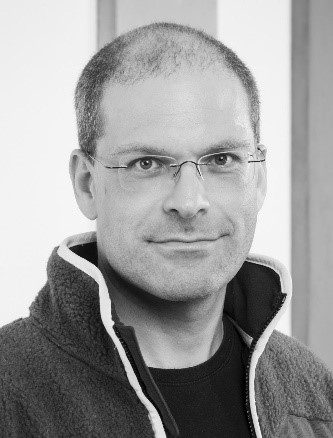Project Z4
Advanced Tracking and Image Analysis
.
.
View project details from
first funding period (2014 – 2018)
↪ Project Z4 (Hamprecht)
↪ Project 11 (Bartenschlager / Rohr)
.
Summary Project description 2nd funding period
Reliable and accurate analysis of the acquired image data is crucial in many SFB1129 projects.
Given the large volume of data, and with the aim of an unbiased analysis, the greatest possible degree of automation is desirable. Work in the current funding period has resulted in capable image analysis software and methods that can now successfully address most of the simpler tasks in multiple SFB projects. Careful scrutiny of failure modes in more complex tasks has revealed two principal limitations: first, the segmentation quality that is achievable by automated means in regimes of complex shapes, poor signal-to-noise ratio or heavy crowding; and second, tracking errors in case of live cell image data with high object density and complex motion. In response, in the next funding period, we propose to focus on i) making improved segmentation methods available to the end user, ii) further improving the probabilistic tracking methods, and iii) applying as well as evaluating these developments in multiple cooperation projects with partners from this SFB. The new developments will exploit the enormous potential of recent advances in the field of artificial neural networks.
In summary, we will develop new methods and software that can cope with more complex and increasingly difficult image analysis tasks in different SFB1129 projects to pave the way to significant biological findings.
Tracking result of HCV proteins. Section of an original microscopy image overlaid with computed trajectories (top) and quantified velocities (bottom) (Ritter, Lee, Bartenschlager, Rohr et al., ISBI 2018; Lee, Ritter, Rohr, Bartenschlager et al., Cell Reports 2019).
.
Project Staff

Christian Ritter, PhD student


